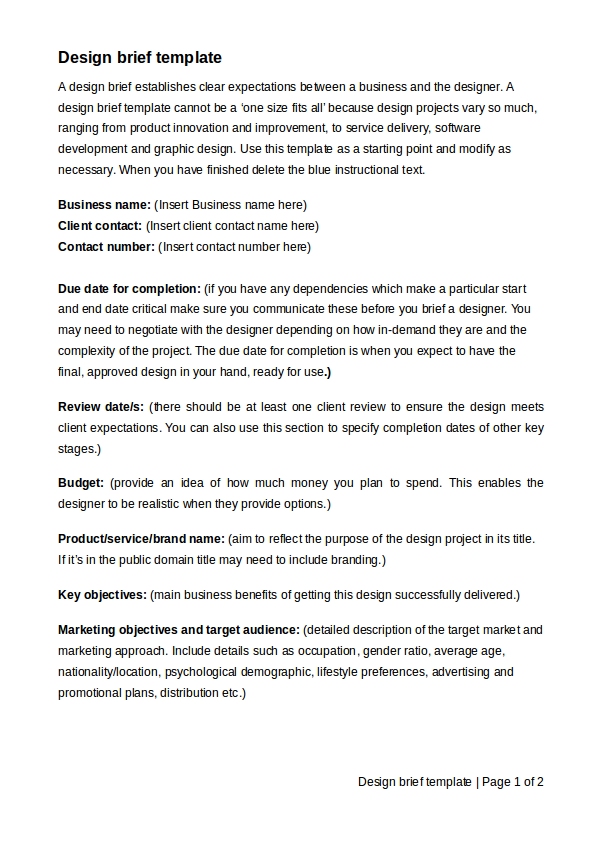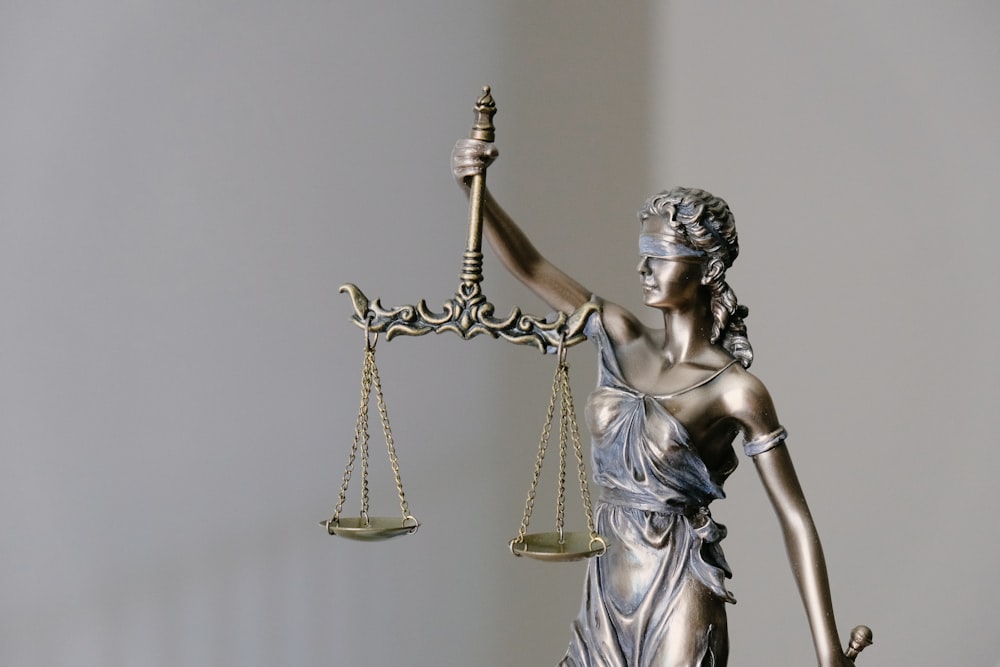Mastering the Art of Legal Brief Crafting
3 min read

Decoding the Craft: Mastering the Art of Legal Brief Crafting
Legal briefs are the backbone of legal argumentation, serving as concise documents that present a party’s case to a court. In this exploration, we dissect the elements that contribute to mastering the art of legal brief crafting, from structure and content to persuasive techniques.
The Framework: Structure and Organization
A well-crafted legal brief follows a structured framework, ensuring clarity and coherence. Begin with a compelling introduction that succinctly states the issues, followed by a statement of facts, legal arguments, and a conclusion. Subheadings within each section guide the reader, creating a roadmap for easy comprehension. This organized approach enhances the persuasive impact of the brief.
Precision in Language: Conveying Complex Ideas
Legal briefs demand precision in language. Every word must be carefully chosen to convey complex legal concepts accurately. Clarity is paramount; ambiguity has no place. Precision in language extends to the citation of legal authorities, where adherence to established citation styles is essential. Each citation should reinforce and strengthen the legal arguments presented.
Art of Persuasion: Making Your Case
A legal brief is not merely an informative document; it is a persuasive tool. The art of persuasion lies in crafting compelling arguments supported by legal authorities. Anticipating counterarguments and addressing them head-on enhances the persuasiveness of the brief. Skillful persuasion is the key to convincing the court to adopt your legal interpretation.
Striking the Balance: Conciseness and Completeness
Crafting a legal brief is a delicate balance between conciseness and completeness. While brevity is valued, all relevant legal arguments and supporting authorities must be included. Each sentence should contribute to the overall narrative, avoiding unnecessary repetition or verbosity. Conciseness ensures that the court can absorb the key points efficiently.
Technology’s Role: Enhancing Efficiency
In the contemporary legal landscape, technology plays a pivotal role in enhancing the efficiency of legal brief crafting. Tools and platforms designed for legal professionals, such as Legal brief, streamline the drafting and editing process. These technologies aid in error detection, collaborative editing, and ensure that the final document meets professional standards.
Legal Brief in Practice: A Real-world Example
Consider a scenario where a legal professional is tasked with drafting a brief to support a complex legal argument. In this context, the utilization of technology like Legal brief can significantly impact the efficiency and quality of the document. The integration of such tools ensures that the final brief is not only well-structured but also persuasive and error-free.
The Human Touch: Review and Revision
Even with technological assistance, the human touch is indispensable in legal brief crafting. Rigorous review and revision are crucial steps in the process. Each iteration polishes the language, tightens the arguments, and ensures that the brief aligns seamlessly with the legal strategy. A meticulous approach to review and revision contributes to the overall quality of the final document.
Ethical Considerations: Truth and Transparency
Legal professionals must adhere to ethical standards when crafting legal briefs. Truth and transparency are paramount. Representing the facts and legal authorities accurately ensures the integrity of the legal process. Misrepresentation or selective presentation of information undermines the credibility of the brief and, by extension, the legal professional.
Continuous Learning: Evolving with Legal Practice
The art of legal brief crafting is not static. It evolves alongside changes in legal practice, court decisions, and communication trends. Legal professionals committed to mastery engage in continuous learning. Staying informed about shifts in legal interpretation, case law, and technological advancements ensures that legal briefs remain effective in a dynamic legal landscape.
In Conclusion: Mastering the Art
Mastering the art of legal brief crafting requires a combination of skills—precision in language, persuasive techniques, and a keen understanding of legal structure. Leveraging technology enhances efficiency, but the human touch in review and revision is irreplaceable. Ethical considerations and a commitment to continuous learning further elevate the craft, ensuring that legal briefs are not only informative but also compelling and impactful.






